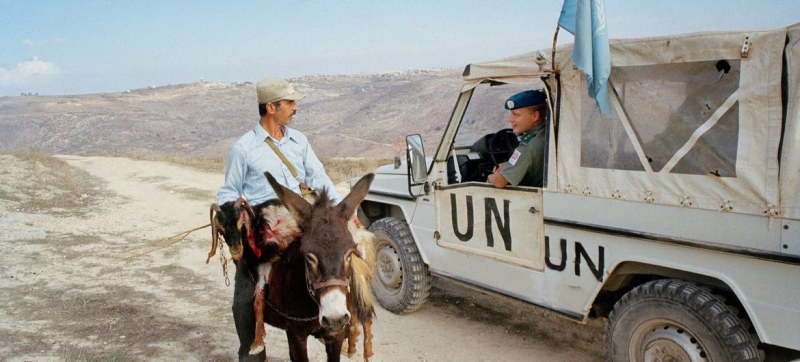
UNIFIL peacekeeper and local resident in southern Lebanon. WE EXPLAIN | Five Peacekeeping Tools UN
In 1948, the United Nations took a crucial step by sending peacekeepers for the first time to support countries on their path to peace. Since then, more than two million military, police and civilian personnel have served in more than 70 peacekeeping missions around the world, providing assistance in conflict or its aftermath.
Peacekeepers’ efforts are multifaceted, from monitoring ceasefire agreements to protecting civilians, rebuilding infrastructure and facilitating elections. Soldiers, police officers, engineers, doctors, veterinarians, justice and correctional officers, journalists, scientists and other experts become peacekeepers. Read also:
INTERVIEW | “Here I am doing something meaningful”: the experience of a female peacekeeper from Kyrgyzstan in South Sudan
Beyond mediation, treaties and international laws, peacekeepers use a wide range of tools to maintain and strengthen peace.
On the International Day of UN Peacekeepers, which is celebrated on May 29, learn about five unobvious tools in peacekeeping.
1. Helicopters
In Africa, the Americas, the Middle East, Europe and Asia, peacekeepers use helicopters to overcome geographic barriers and assist local communities. Helicopters are important in peacekeeping missions for a number of reasons: they help reach remote villages, inaccessible by road or water, facilitate rapid response and evacuation during emergencies, deliver essential supplies to those in need, and provide aerial surveillance and intelligence collection. In some cases, helicopters equipped with weapons can act as a deterrent against armed groups.
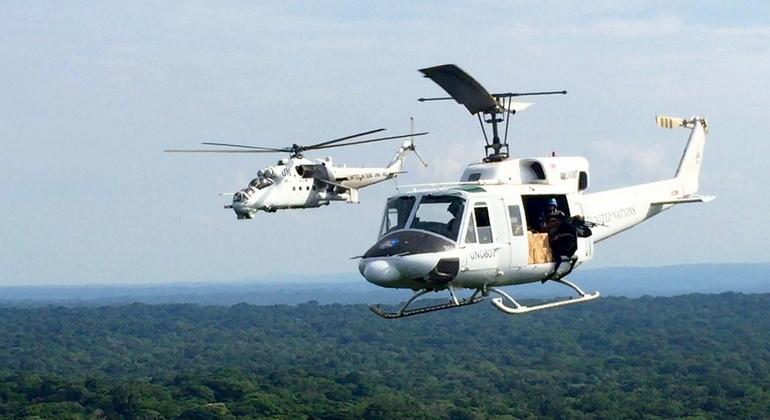
Helicopters are used to deliver election materials to remote areas so that all residents can take part in their countries’ democratic processes. Sometimes, in the most inaccessible places, peacekeepers move by helicopter, and then on foot or by cart, to ensure timely delivery of materials. Currently, 81 helicopters are deployed in UN peacekeeping missions. The United Nations logo on them signals that this is a peacekeeping or humanitarian transport. Despite this, UN helicopters are being attacked, highlighting how fragile the security situation can be in many missions and how peacekeepers risk their lives every day. For example, earlier this year, a helicopter carrying out a medical evacuation was attacked by armed groups in the eastern province of the Democratic Republic of the Congo (DRC) North Kivu. 2. ExcavatorsIn conflict-affected countries, the loss of key infrastructure such as schools, health facilities, roads and bridges is hampering relief efforts and building sustainable peace. This is why engineers involved in peacekeeping operations play an important role in rebuilding after the devastation caused by war and natural disasters. “We save people not from bullets, but from floods,” said Captain Taimur Ahmed, an engineer working for the UN mission in South Sudan. Using excavators and other equipment, his team built dams to help hundreds of people stranded by devastating floods in Bentiu. They also built roads along the dams to ensure that needed relief supplies could reach people who had lost their homes.
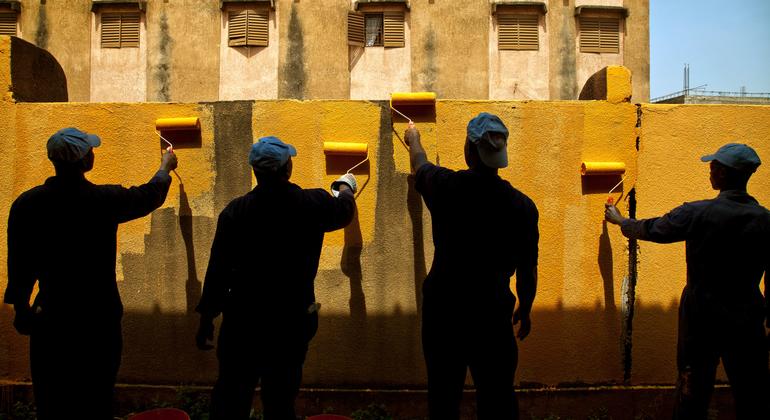
Near South Sudan’s capital Juba, peacekeepers built new classrooms, a soccer field and a playground for a small school serving a community where people are largely subsistence farmers with limited access to education. In the DRC, peacekeepers built an Ebola treatment center in North Kivu and restored and expanded the road to the facility at the height of the country’s outbreak.
3. Satellite imagery
Satellite imagery is used in peacekeeping missions to survey conflict zones and improve situational awareness. Surveillance and geospatial experts use satellite imagery to monitor troop movements, potential threats, and the effects of natural disasters. With the information, they can make informed decisions, effectively plan patrols, and coordinate responses. Satellite imagery, one of the most innovative tools in peacekeeping, helps improve operational awareness in many missions, especially in countries with vast and difficult terrain. Real-time imagery allows peacekeepers to quickly assess the extent of damage and needs and prioritize their efforts accordingly.
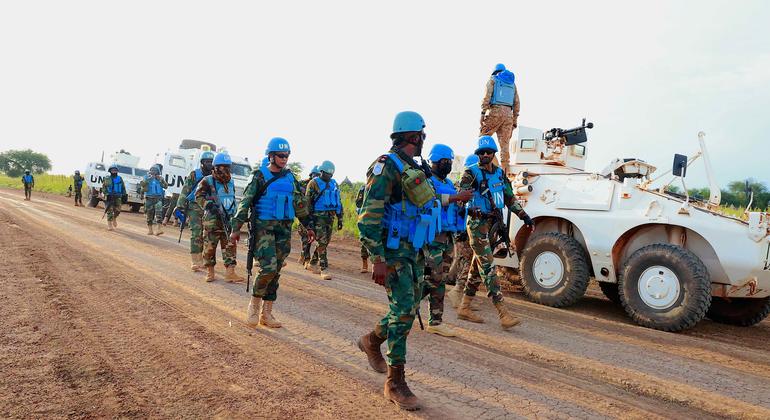
In Mali, where the Multidimensional Integrated Stabilization Mission worked, satellite imagery helped identify routes used by traffickers in the north of the country. In the DRC, imagery is used to track the movements of armed groups, monitor illegal mining, and assess the impact of conflict on civilians. In South Sudan, satellite data is used for a range of purposes, from monitoring disaster preparedness and response to tracking population movements. The UN peacekeeping force in Cyprus, which was created to monitor the ceasefire agreement between the island’s Greek and Turkish Cypriot communities, is using the data to monitor activity along the buffer zone.
4. Detectors min
Mine detectors have saved countless lives around the world. From Angola to Cambodia, landmines remain a horrifying legacy of war, killing or maiming civilians. Today there are landmines in nearly 70 countries and territories. UN Mine Action deminers work in 20 countries and territories, including as part of peacekeeping missions, to detect and destroy landmines. Clearing landmines not only prevents loss of life, but also makes the land safe and productive, enabling local communities engage in agriculture or build schools and hospitals.
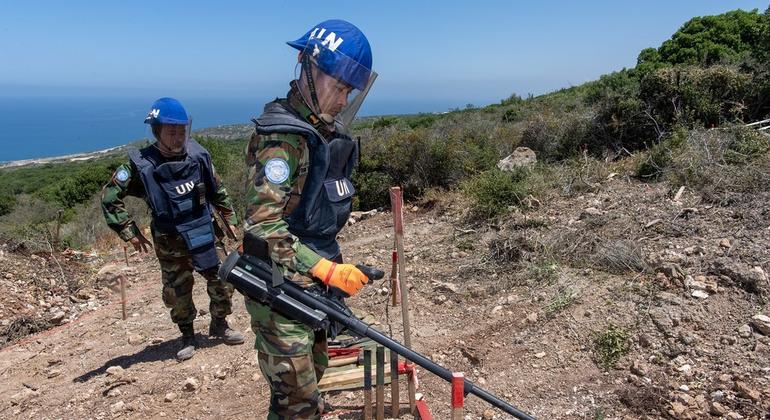
In recent years, deminers have been victims of their dangerous activities in several regions, including Afghanistan, South Sudan and Syria. How deminers protect themselves? They wear special suits, helmets, gloves and boots. They use metal detectors, mine clearing machines and other tools to detect and clear mines. Detectors that use electromagnetic waves to identify metal play an important role in locating buried landmines. The detectors have limitations, but overall they have proven to be highly effective. More than 55 million landmines, more than 30 countries freed from them, and the number of casualties sharply reduced.
5. Radio
Radio remains an important means of communication in many parts of the world, including in countries where UN peacekeeping activities take place. Today, three peacekeeping missions have their own radio stations – Radio Miraya in South Sudan, Radio Okapi “in the Democratic Republic of the Congo (DRC) and “Guira FM” in the Central African Republic. Peacekeepers radio producers and communications professionals use radio to inform communities about important news, warn of potential threats, discuss current issues, and conduct educational programs that empower local residents to make informed decisions. Moreover, radio programs provide a platform for the exchange of views, promoting reconciliation between communities. Why radio works better than newspapers, television or the Internet? Radios are relatively inexpensive and widely available even in the most remote areas. In countries with low literacy rates, radio programs can reach a wider audience. Radio can also provide information in local languages in real time.
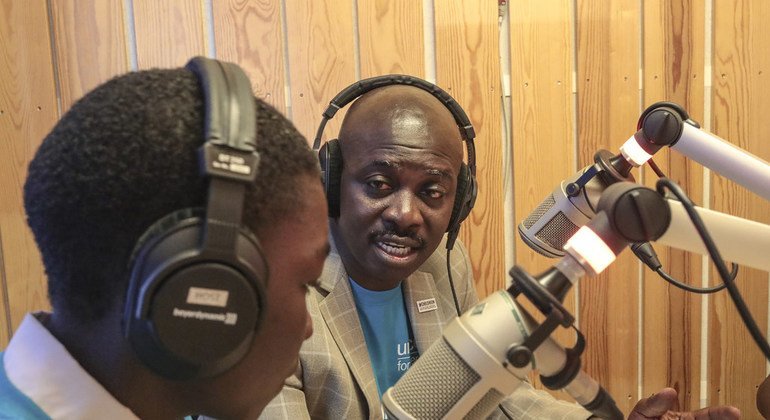
Given its reach, radio is a reliable tool for countering misinformation and dispelling rumors that can harm the safety and well-being of people. Thus, during the COVID-19 pandemic, Radio Miraya, which is available in two-thirds of South Sudan, conducted programs aimed at combating local reluctance to comply with public health measures. In the DRC, Radio Okapi worked with the Congolese government to provide school lessons to 22 million children who were unable to leave their homes.
